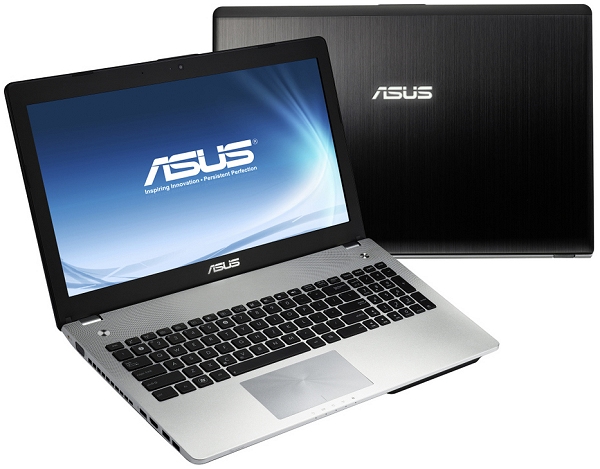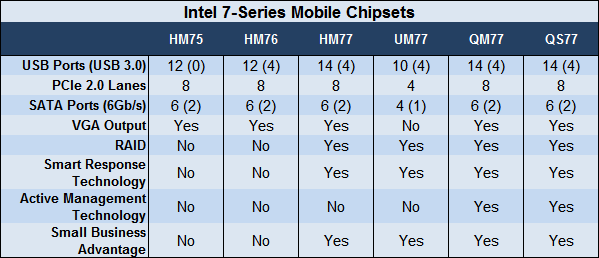Ivy Bridge didn't create the splash we hoped for on the desktop, providing a modest performance increase over existing Sandy Bridge processors. That said, looking back on it, Intel only anticipated a 10 -15% boost, so many enthusiasts – including us – probably had unfairly high expectations.
Instead of breaking new ground in performance, Ivy Bridge improves efficiency, marking the arrival of Intel's 22nm design process which uses new 3D transistors. This allows the flagship quad-core 3.5GHz Core i7-3770K to consume less power than the more modest Sandy Bridge i5-2500K.

Granted, the 19-watt power savings we recorded in our tests probably won't excite desktop users, but it does present a tangible benefit for battery-bound mobile machines. Ivy Bridge's improved fuel efficiency should grant laptops a little more mileage away from wall chargers.

Third-generation Core i7 mobile processors are finally becoming available in a wide range of notebooks, including the Core i7-3720QM-packing Asus N56VM we're checking out today. Although we're not sure how much this laptop will retail for, we estimate it will cost around $1,400 as its sibling, the N56VZ, can be had for $1,000 and is equipped with the slightly slower Core i7-3610QM.
In any case, the focus of this review will be primarily on the Core i7-3720QM processor, so let's move ahead...
As of writing, only mobile Core i7 Ivy Bridge processors are widely available, so shoppers will likely have to wait until later this year for more affordable varieties. Intel has unveiled six mobile Core i7 Ivy Bridge chips, which operate from 2.30GHz to 2.9GHz with TDPs of 35w, 45w and 55w. Here's a table comparison:

As you may notice, the i7-3920XM and i7-3820QM are virtually identical to the desktop Core i7-3770, carrying a full 8MB L3 cache. The only real differences are the mobile chip's lower operating frequency and TDP, as well as their higher maximum GPU frequency. Like the desktop Core i7 processors, Hyper-Threading is enabled on all mobile i7s, so they feature four cores with eight threads.
The i7-3900 and i7-3800 parts have the full 8MB cache while the i7-3700 and i7-3600 chips have a smaller 6MB L3 cache. The difference in cache is the greatest contributing factor in performance, though it's important to consider the operating frequency of both the CPU and the on-die GPU.

Accompanying these new mobile processors are six 7-series mobile chipsets. The HM77 is the flagship model and the most desirable of the family as it includes four USB 3.0 ports along with Intel's Smart Response Technology (SRT), which lets you use a low-capacity SSD as cache for your hard drive. This technology drastically increases the overall system performance without sacrificing storage capacity.
Cheaper laptops will likely opt for the more affordable HM75 or HM76 chipsets which lack SRT. The HM76 does, however, maintain USB 3.0 support, while the HM75 dumps it entirely making it far less attractive.
Intel has introduced a chipset for ultraportable devices and the mobile Ivy Bridge processors are expected to really push this segment. The UM77 supports ten USB 2.0 ports, four USB 3.0 ports and four SATA ports (only one 6Gb/s). There are also two business-oriented Q-series chipsets known as the QM77 and QS77 with everything found in the HM77 in addition to Active Management Technology.
All mobile 7-series chipsets include Intel's Anti-Theft Technology, which let you remotely lock a laptop if it's stolen, and Wireless Display (WiDi – requires an adapter for your monitor).
